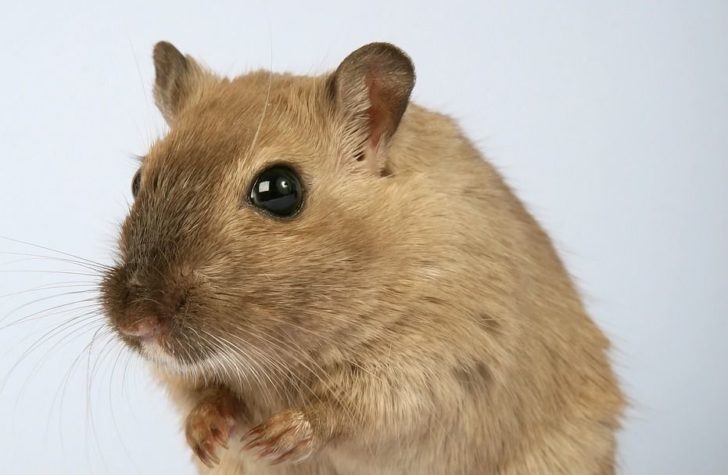Sand Hamster: A Comprehensive Guide to These Fascinating Creatures

Overview of Sand Hamster
The sand hamster, also known as the desert hamster, is a small mammal belonging to the rodent family. It is native to the sandy desert regions of North Africa and the Middle East. These little creatures have adapted to living in arid environments and have unique characteristics that set them apart from other hamster species.
Sand hamsters have a compact body with short legs and a rounded head. They have a dense fur coat that helps them retain moisture and provides insulation in the extreme desert temperatures. Their fur coloration ranges from sandy brown to pale grey, blending perfectly with the desert sands to provide camouflage from predators.
Presentation of Sand Hamster

There are several types of sand hamsters, each with its own distinct features. The most popular and widely known species include the Roborovski dwarf hamster, the Syrian hamster, and the Djungarian hamster. These hamsters vary in size, temperament, and care requirements.
1. Roborovski Dwarf Hamster: This is the smallest and fastest hamster species, measuring only 2-3 inches in length. They are very active and social, making them a popular choice among pet owners.
2. Syrian Hamster: Also called the golden hamster, the Syrian hamster is the largest species, growing up to 7 inches in length. They are known for their solitary nature and are best kept alone as pets.
3. Djungarian Hamster: This medium-sized hamster, also known as the Siberian hamster, is known for its thick and fluffy fur coat. They are more tolerant of cold temperatures compared to other species.
Quantitative Measurements about Sand Hamster
Sand hamsters have unique physiological and biological characteristics that enable them to survive in harsh desert environments. Here are some quantitative measurements related to these fascinating creatures:
1. Lifespan: On average, sand hamsters live for 2-3 years in the wild. However, in captivity, with proper care and diet, they can live up to 4-5 years.
2. Reproduction: Female sand hamsters have a gestation period of around 18-20 days, after which they give birth to a litter of 4-8 pups. These pups are born hairless and blind, but they quickly grow and develop under their mother’s care.
3. Diet: Sand hamsters primarily feed on seeds, grains, and dried grasses. They have specialized cheek pouches that allow them to store food for later consumption.
Discussion on Differences Among Sand Hamsters
While all sand hamsters share common traits, there are notable differences among the species that make them unique. These differences include:
1. Size: Syrian hamsters are the largest, while Roborovski dwarf hamsters are the smallest of the group.
2. Behavior: Syrian hamsters are solitary animals, while Roborovski dwarf hamsters are highly social and thrive in pairs or small groups.
3. Care Requirements: Djungarian hamsters have thicker fur and are better adapted for colder climates compared to other sand hamsters.
Historical Overview of Pros and Cons
Over the years, sand hamsters have been popular as both pets and research animals. Here’s a historical overview of the pros and cons associated with different sand hamster species:
1. Pros:
– Sand hamsters are low-maintenance pets, requiring smaller cages and less frequent cleaning compared to other larger pets.
– They are generally docile and friendly when properly handled and socialized.
– Sand hamsters can provide companionship and entertainment to their owners, especially the more social species like Roborovski dwarf hamsters.
2. Cons:
– Sand hamsters have specific care requirements, such as providing a proper diet, maintaining appropriate temperatures, and ensuring enough physical activity.
– They have a relatively short lifespan compared to other pet rodents, which can be emotionally challenging for owners.
In conclusion, sand hamsters are fascinating creatures that have adapted to survive in harsh desert environments. With their unique characteristics and different species, they offer diverse pet options for enthusiasts. However, it’s crucial to understand their care requirements and commit to providing a suitable environment for their well-being. With proper knowledge and care, sand hamsters can make wonderful companions for those willing to take on the responsibility.

















